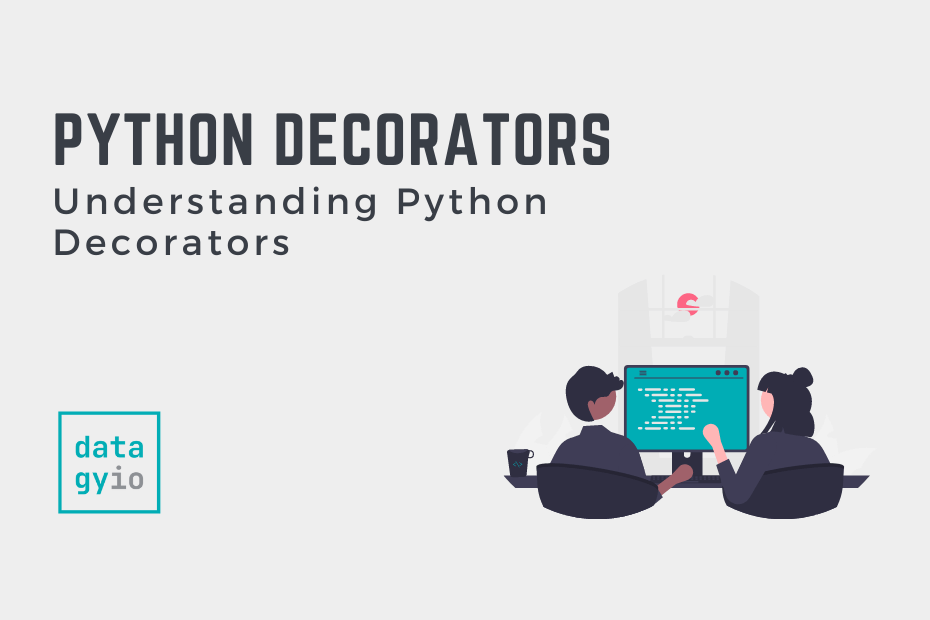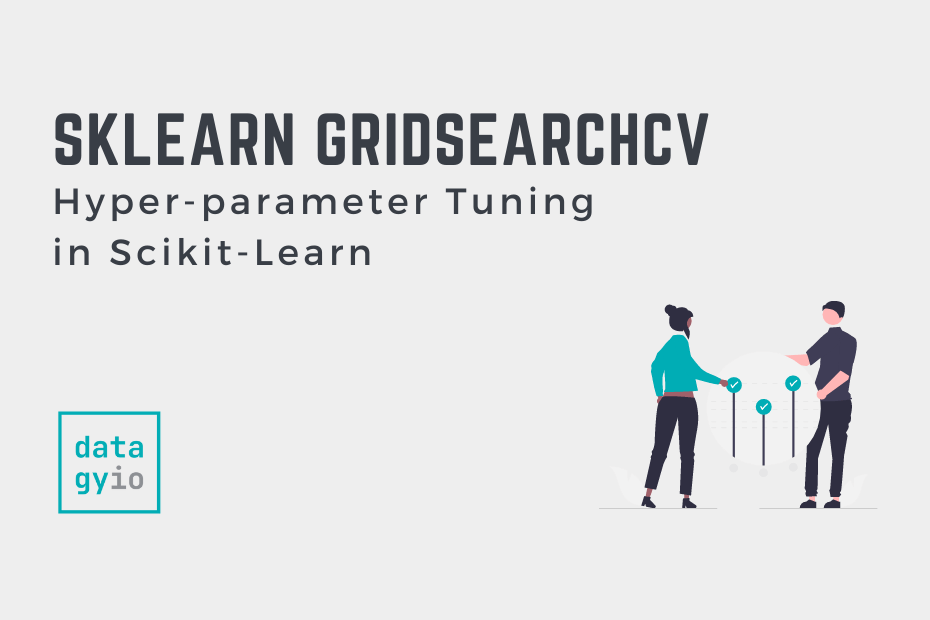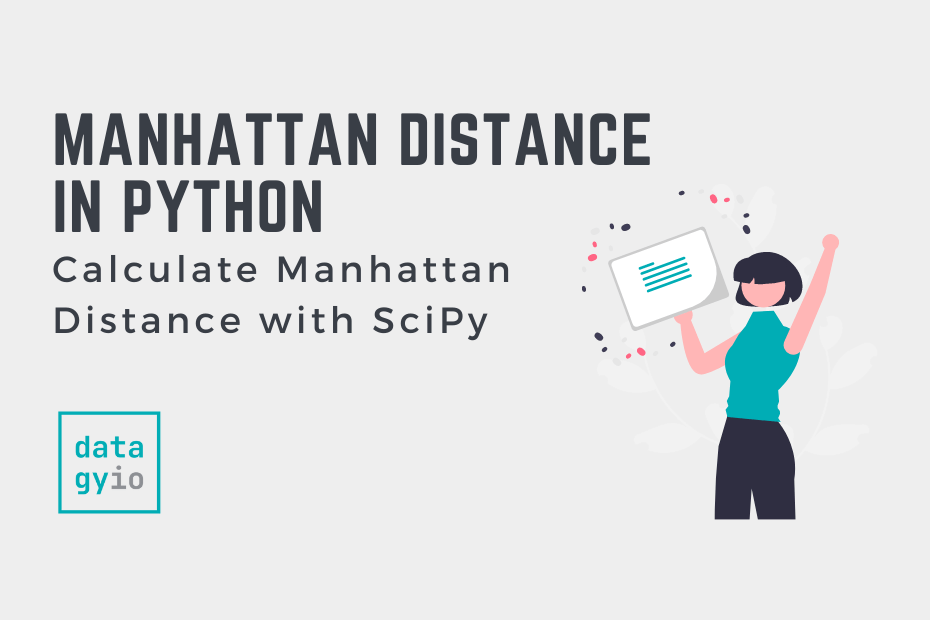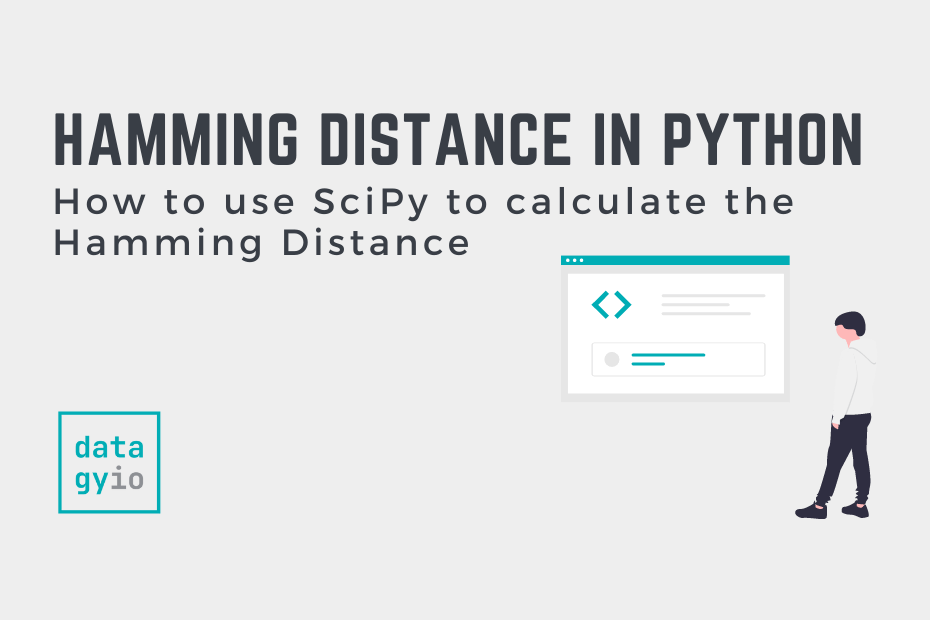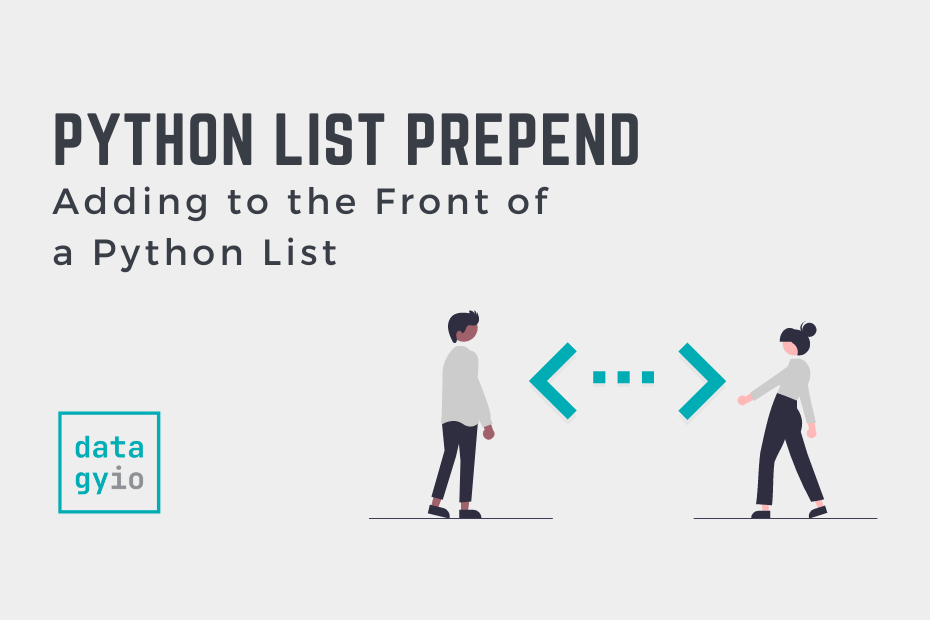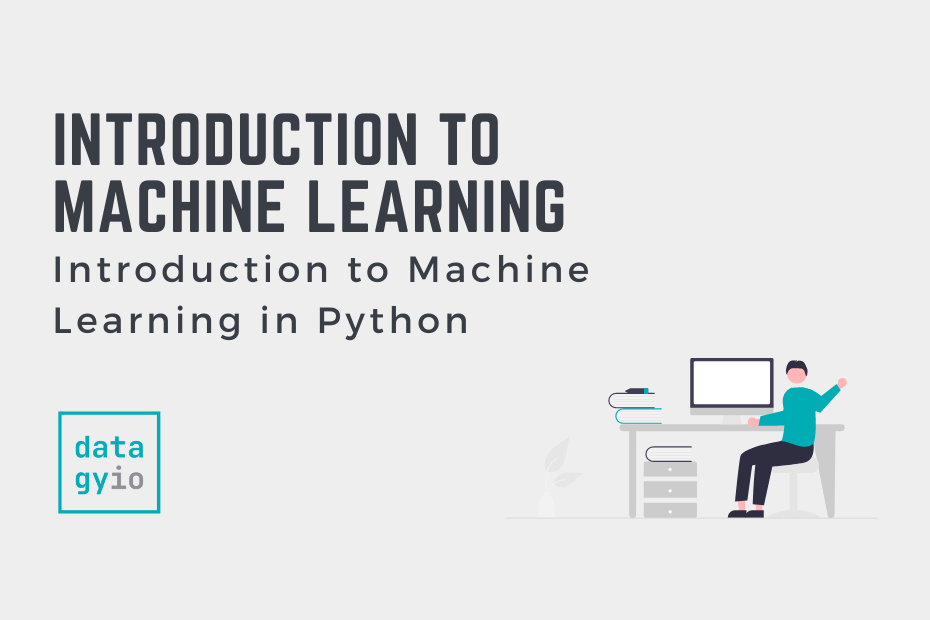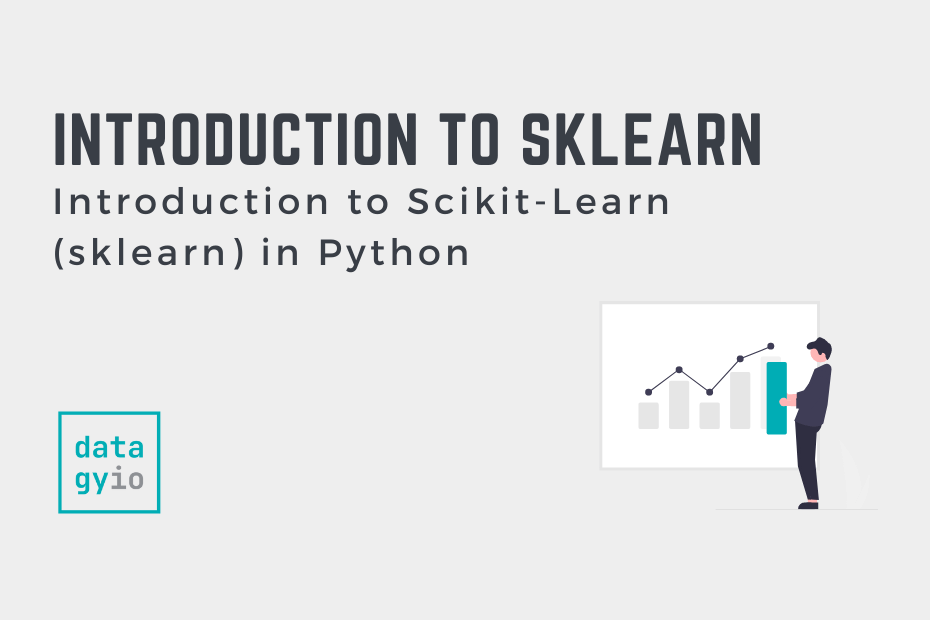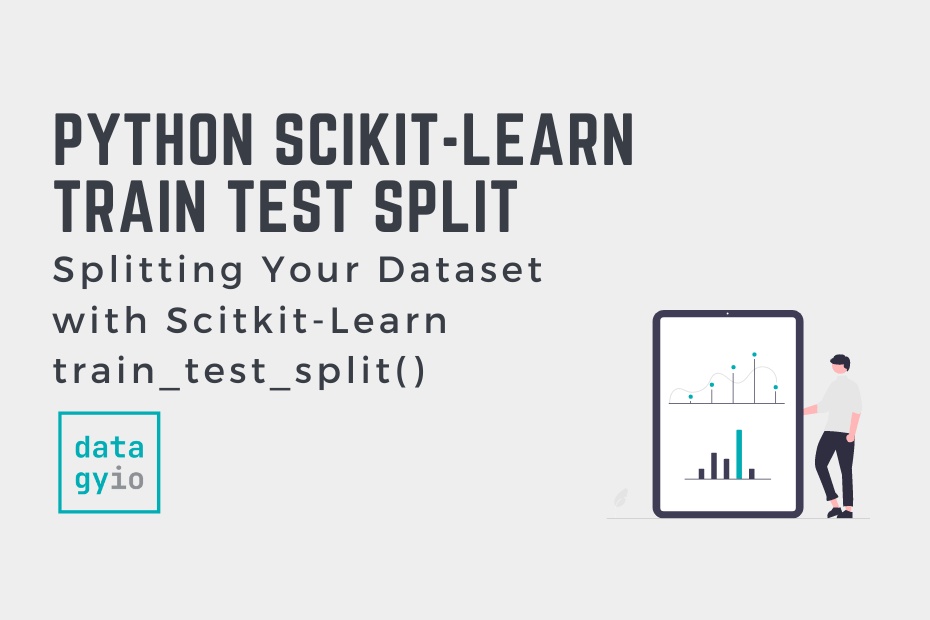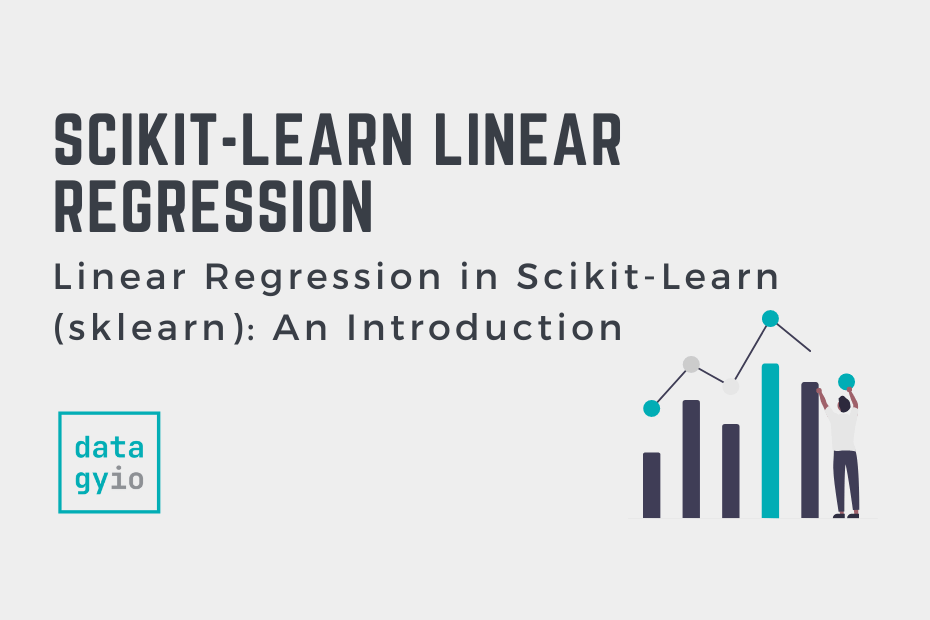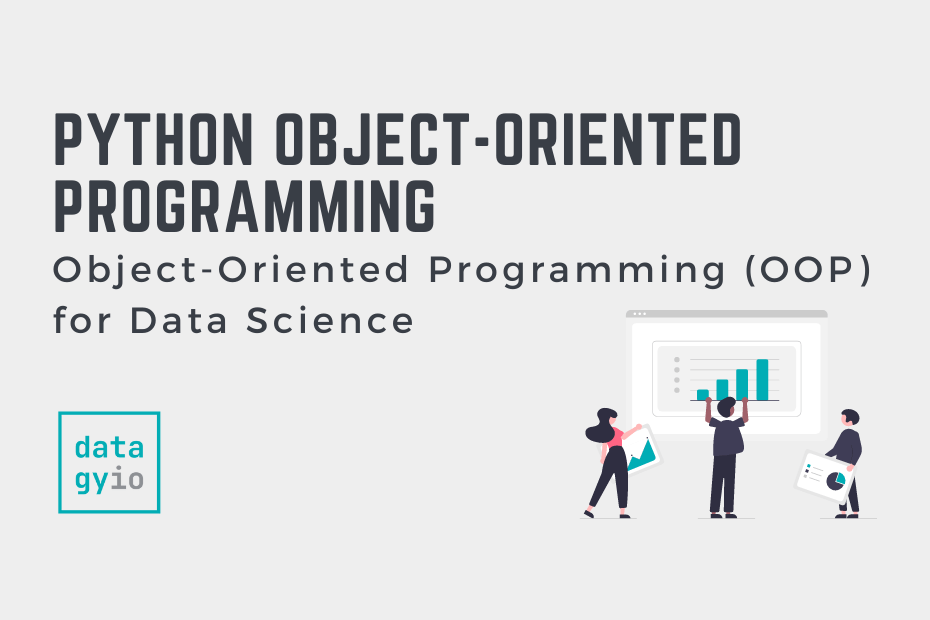Python Decorators: How and Why to Use Python Decorators
In this tutorial, you’ll learn how to use Python decorators on a function. Python decorators are useful tools to help you modify the behavior of a function. Similarly, decorators allow you to embrace the Don’t Repeat Yourself (DRY) programming principles for common operations you want to apply to multiple functions. By the end of this tutorial, […]
Python Decorators: How and Why to Use Python Decorators Read More »

